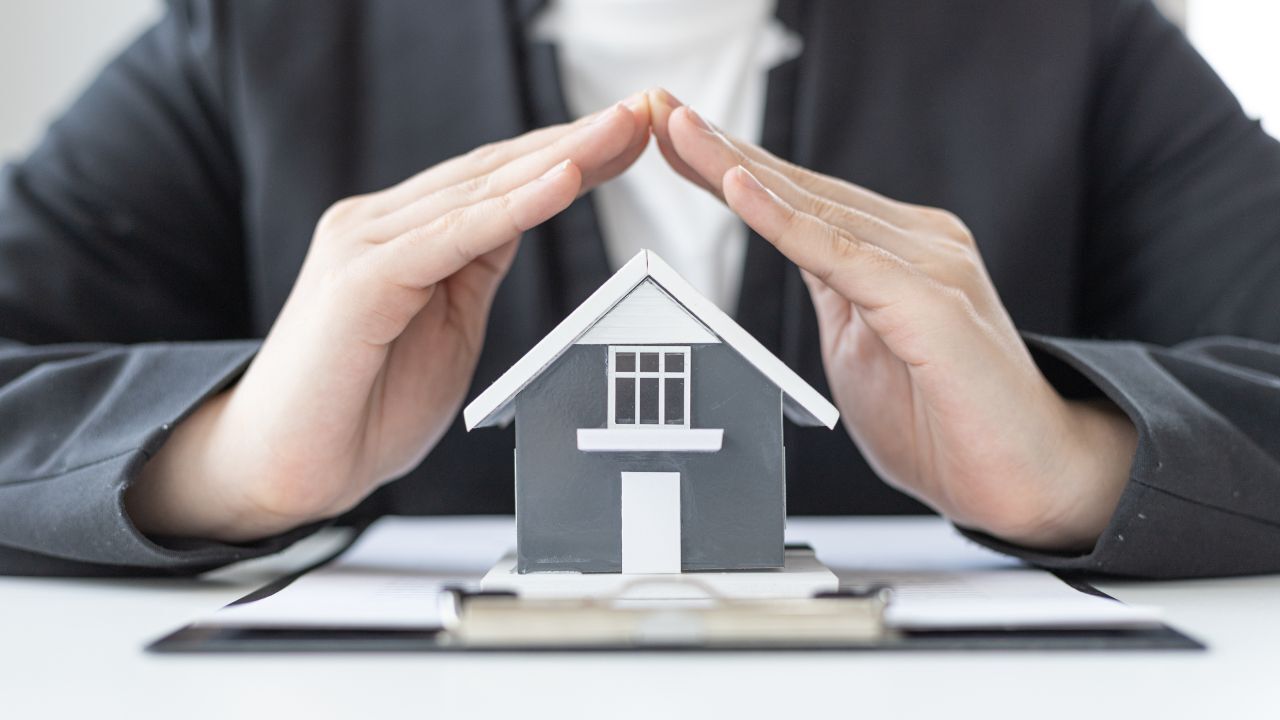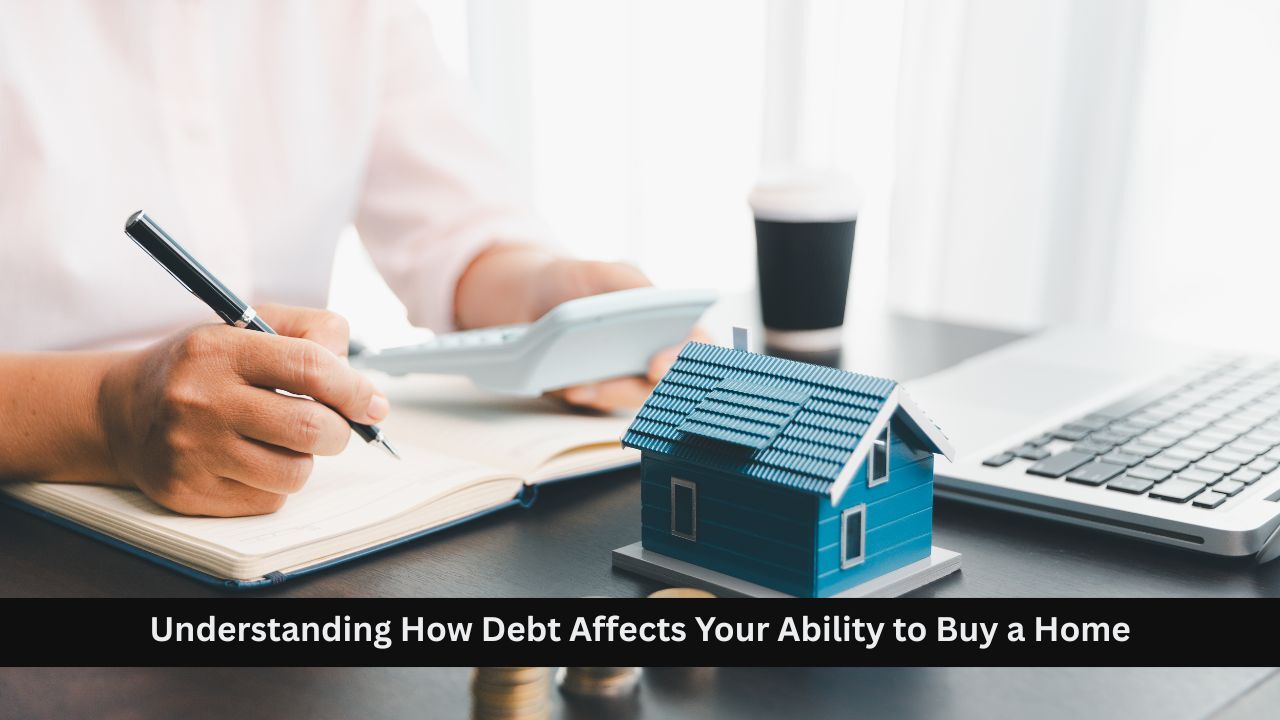Will You Need Private Mortgage Insurance on Your Mortgage Loan?
 When preparing to buy a home, many borrowers focus on the interest rate and monthly payment, but mortgage insurance is another important factor to understand. Private mortgage insurance is often required when a borrower makes a smaller down payment and knowing how it works can help you plan more confidently and avoid surprises during the loan process.
When preparing to buy a home, many borrowers focus on the interest rate and monthly payment, but mortgage insurance is another important factor to understand. Private mortgage insurance is often required when a borrower makes a smaller down payment and knowing how it works can help you plan more confidently and avoid surprises during the loan process.
What Private Mortgage Insurance Is
Private mortgage insurance is a type of insurance that protects the lender, not the borrower. It is typically required when the down payment is less than 20% of the purchase price. Because a lower down payment increases lender risk, this insurance helps offset that risk and allows buyers to move forward with homeownership sooner.
When It Is Typically Required
In most cases, private mortgage insurance applies to conventional loans with lower down payments. If you put down 20% or more, it is usually not required. For buyers who are using savings strategically or entering the market sooner, accepting this insurance can be a practical tradeoff rather than a roadblock.
How It Affects Your Monthly Payment
Private mortgage insurance is usually added to your monthly mortgage payment. The cost depends on factors such as loan amount, credit score, and down payment size. While it does increase the monthly payment, it can also make homeownership possible sooner instead of waiting years to save a larger down payment.
How Long You May Have to Pay It
The good news is that private mortgage insurance is not permanent. As you pay down your loan and build equity, you may be able to remove it once certain conditions are met. This often happens when your loan balance reaches a specific percentage of the home value, either through regular payments or appreciation over time.
Ways to Potentially Avoid or Reduce It
There are strategies that may help reduce or avoid private mortgage insurance. These can include making a larger down payment, improving your credit profile, or choosing a loan structure that fits your long-term goals. A mortgage originator can help review these options and explain the tradeoffs so you can make an informed decision.
Why It Is Not Always a Bad Thing
Many buyers view private mortgage insurance as a negative, but it can be a useful tool. It allows qualified buyers to purchase a home sooner, start building equity, and take advantage of market opportunities. In many cases, the long-term benefits of homeownership outweigh the temporary cost.
Understanding private mortgage insurance helps you plan smarter and avoid confusion during the loan process. With the right guidance, you can decide whether it fits your situation and how to manage it effectively.
 The time between Thanksgiving and the New Year is known for gratitude, togetherness and heartfelt giving. Many families share meaningful gifts during this stretch of the year, and some buyers discover that these seasonal acts of generosity can help make homeownership possible. If you have found the right home but need help with upfront costs, financial gifts from loved ones may be the support that brings your plans together.
The time between Thanksgiving and the New Year is known for gratitude, togetherness and heartfelt giving. Many families share meaningful gifts during this stretch of the year, and some buyers discover that these seasonal acts of generosity can help make homeownership possible. If you have found the right home but need help with upfront costs, financial gifts from loved ones may be the support that brings your plans together. Many future buyers think they must eliminate every debt before applying for a mortgage. Reducing debt is helpful, but it is not a requirement for homeownership. You can qualify for a loan even if you have credit cards, student loans or a car payment. What matters most is how well you manage those obligations and how they fit into your overall financial picture.
Many future buyers think they must eliminate every debt before applying for a mortgage. Reducing debt is helpful, but it is not a requirement for homeownership. You can qualify for a loan even if you have credit cards, student loans or a car payment. What matters most is how well you manage those obligations and how they fit into your overall financial picture.